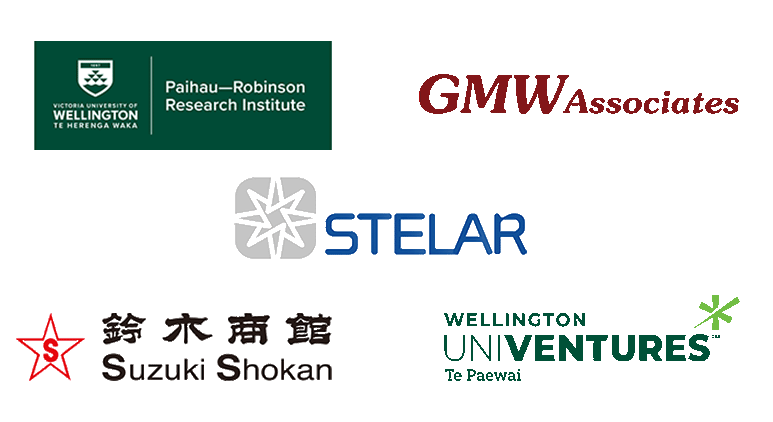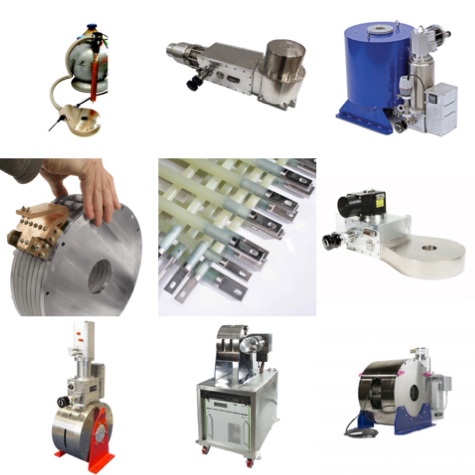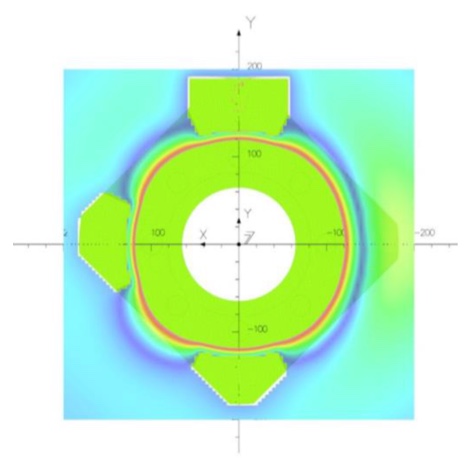What can high-temperature superconducting (HTS) magnets do that low-temperature superconductors (LTS) can’t do?
- Operate at higher temperatures. HTS requires 20-77 kelvin, whereas LTS requires cooling to near ~4 K, where thermal margins and cooling power are much smaller.
- Zero helium. HTS magnets are liquid-cryogen-free.
- Easy operation. HTS magnets can be operated by lab staff, including shutdowns and restarts.
- Faster Ramping. HTS magnets can be ramped faster and to higher field strengths than LTS magnets.
There are standard products for a range of applications listed below, and we also create custom solutions for other applications.
- high-throughput magnets for materials analysis
- x-ray and neutron beamline sample environment magnets
- compact magnets for magneto-optical studies
- high uniformity magnets for magnetic resonance and beamline instrumentation.
Trusted Globally

Speak with a magnet designer
Custom high-temperature cryogen-free magnets
A large range of custom magnetic solutions have been provided for applications ranging from energy storage to mine-sweeping.
Maria Silva Elipe approached us when planning how to implement NMR-based reaction monitoring. Using NMR with liquid cryogen had specific safety requirements and due to size constraints she had ruled it out for their chemistry lab. We partnered with Bruker to provide a custom solution for them creating a 400MHz liquid cryogen-free magnet.
In an interview on Metrolab she named the most interesting feature the ability to turn the magnet on and off by herself, using a vacuum pump.
In addition to custom magnets we have “off the shelf” solutions for standard applications.

Access commercially proven magnet solutions for standard applications

These products are currently being used commercially around the world.
- 2.5 tesla x-ray scattering magnet used for high resolution diffraction and x-ray resonant magnetic scattering. This features a Ø50mm room temperature bore, compatible with sample cryostats.
- A split-pair iron-yoke magnet (model 6XE03) with a peak field of 6T and a 4-quadrant ramp time of 80s used for materials analysis.
- Compact LM Optical Short Solenoid magnet (model LM-40-1T) with a Uniformity 5 mm DSV (rms) of 0.4% used for magneto-optical studies.
High-Temperature Superconductors are a class of ceramics that conduct DC electricity with zero resistance when cooled to cryogenic temperatures (20-77 kelvin)
They are identified as “high” to distinguish them from low-temperature superconductors (LTS), which need to be cooled to almost absolute zero (~4 K) before they exhibit superconducting behaviour.
LTS magnets have significant shortcomings mostly arising from the very low temperatures needed for their safe operation. HTS magnets can operate at much higher temperatures than LTS magnets, can be cheaper to run (less cooling is required) and provide a lower total cost of ownership. HTS magnets can be ramped faster and to higher fields than LTS magnets.
With this versatility, HTS magnets make possible applications that are simply not possible using LTS or large copper electromagnets.
